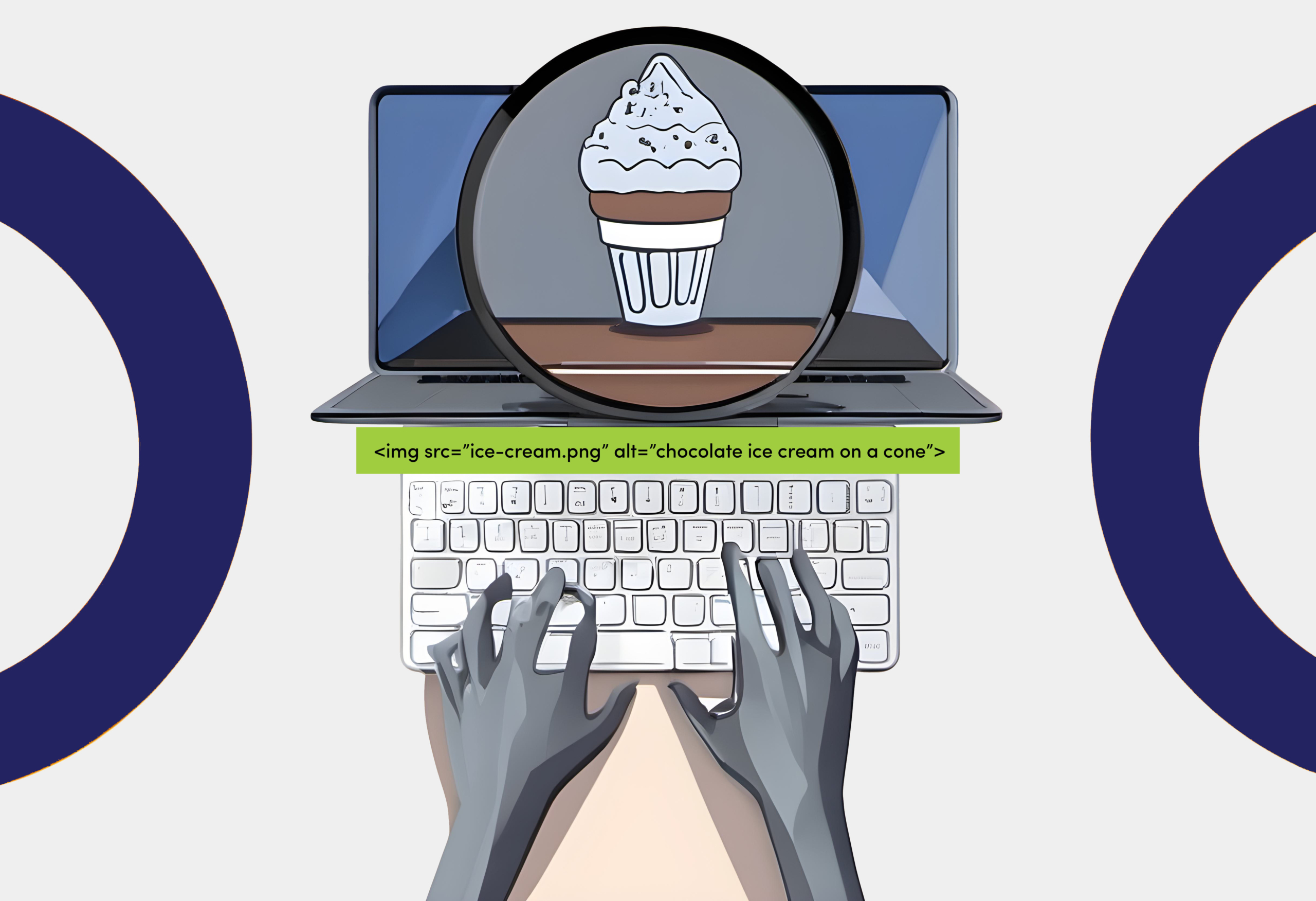Social media monopoly plays a significant role these days, impacting almost all industries
The Behemoth
Every industry, in Australia at least, has a monopoly or duopoly in it. Banking, insurance, grocery, hardware, you name it and I’ll bet that anyone in Australia can name the behemoth in each of those sectors.
By contrast, social media and ‘digital communication’ is a relatively new sector which has enjoyed a multitude of options, platforms and companies for consumers to choose from.
Lots of players have entered with their own take on social media, trying to capture an audience of their own to build their platform.
Critical Mass
However only a select few have achieved ‘critical mass’, having enough users on their platform to become universally well known.
Platforms that have achieved such critical mass are now household names. Icons like Facebook, Twitter, YouTube, Instagram, Snapchat and LinkedIn all bare some image in the mind of even the most computer illiterate person.
Critical mass brings with it a certain dominance, just like the largest sun in a galaxy might consume its nearest neighbours, so will the largest of the social mediums begin to gobble up even their amply-sized counterparts.
Building Trafalgar Square
What we’re about to see is consolidation of the social media world just as we did of the search engine space where Google became the dominant force, either flattening or acquiring its competition.
Facebook is becoming the monolith of social media just like Google is the monolith in the search engine world. It’s the same play book.
So, get ready to see some of the players you’ve known and grown to love, either begin to rapidly change or simply cease to exist entirely.
Purchasing a Hotel
Everyone has heard of Twitter. A lot of people use it, but generally when you talk to your average Joe about Twitter the response you’ll get is “I don’t really get it”.
Twitter IPO’ed to massive fanfare and excitement. Momentarily it was the darling of social media IPO’s. Years on, it still gets the response from most people, “I don’t really get it”.
Lately, we’ve seen Twitter twist and change. The acquisition and later disposal of live streaming platform Periscope, the introduction of the live streaming of sporting events and the rushed expansion of their advertising platform all reek of a last minute grab for users.
Do not pass Go
Another crowd favourite is Snapchat, bursting on the scene with time- limited, auto-deleting images known as Snaps. The platform screamed into popularity and gathered an investor base that rivaled Facebook’s.
So, what do you do if you’re number one and are concerned about the upcoming number two? Well you try and buy them, of course! Only problem was even though the amount offered would make anybody’s water, it was rejected.
Enter Plan B: if you can’t beat them, join them! The rejection of Facebook’s buyout offer marked the start of a series of rapid and very impactful enhancements of Facebook’s core products. Enhancements that identically matched Snapchat’s core functionality. See Instagram Stories and Messenger Day.
They’re all direct copies of Snapchat’s core functionality. Why bother to buy their user base when you can offer the same functionality to your own users? Most of which are already users of Snapchat anyway – at a fraction of the cost.
Pay the rent
Now we see Snapchat’s metrics and reported user numbers coming under considerable scrutiny. Having plans to IPO, Snapchat is starting to reveal its numbers to the public and have them audited. A lot isn’t adding up and many were substantially lower than originally purported.
If we look at Twitter as an example, a peak price shortly after a listing of $70 per share has plummeted over the past three years to $15 per share. Using history as an indicator of future performance, this does not suggest a positive outcome for Snapchat.
Walking Mayfair
I’m not a huge Facebook fanboy, but I do find it immensely amusing that, given their sheer size, Facebook can simply steamroll its competitors using speed, innovation and sometimes sheer plagiarism.
What will come? Who knows. What could be deduced though, is that it’s not going to remain the same for all that much longer. Big changes are in the wind, changes that will lower the number of platforms that people use regularly, at the same time opening doors for massively innovative platforms that truly rock the boat – they’ll have to.
Anyone for virtual reality social media?

When it comes to protecting your intellectual property (IP), it’s essential to understand the distinctions between copyright and trade marks, as each serves a unique purpose in safeguarding your creative and business assets.

If you’ve been following our tips to improve your website and social media accessibility, you will have seen us harp on about the importance of image alt [...]

Developing an inclusive website accessible to people with diverse abilities is not only best practice, but pivotal to user experience (UX). With 1-in-6 Australians living with a [...]

Did you know that after approximately 4 exposures to your ad, your conversions can drop by almost half? As Meta increasingly emphasises broad targeting, the effectiveness of [...]

This year has been challenging for both businesses and consumers, with rising cost-of-living pressures leading to shifts in retail habits. During these quieter times, it’s crucial to [...]

When it comes to protecting your intellectual property (IP), it’s essential to understand the distinctions between copyright and trade marks, as each serves a unique purpose in safeguarding your creative and business assets.

If you’ve recently created a paid campaign on Facebook (or Meta as it’s now known), you’ve probably noticed the platform is trying to skew you towards using [...]

The results from our Audience Intelligence Reports for Q2 have incited some interesting conversations amongst our team. For those of you who don’t know, our quarterly Audience [...]

If you’ve been following our tips to improve your website and social media accessibility, you will have seen us harp on about the importance of image alt [...]

Developing an inclusive website accessible to people with diverse abilities is not only best practice, but pivotal to user experience (UX). With 1-in-6 Australians living with a [...]

Blue brands cater to a diverse group of audiences from different backgrounds and levels of ability. For example, government agencies will often promote services, campaigns and ideas [...]

Low engagement on social media and broader digital channels has become an ongoing challenge for blue brands. While it’s easy to blame factors like algorithm changes, you [...]

One of the most common questions we hear from our clients, especially the B2C ones is, “How can we increase our engagement rate on Instagram?”. Instagram, in [...]

